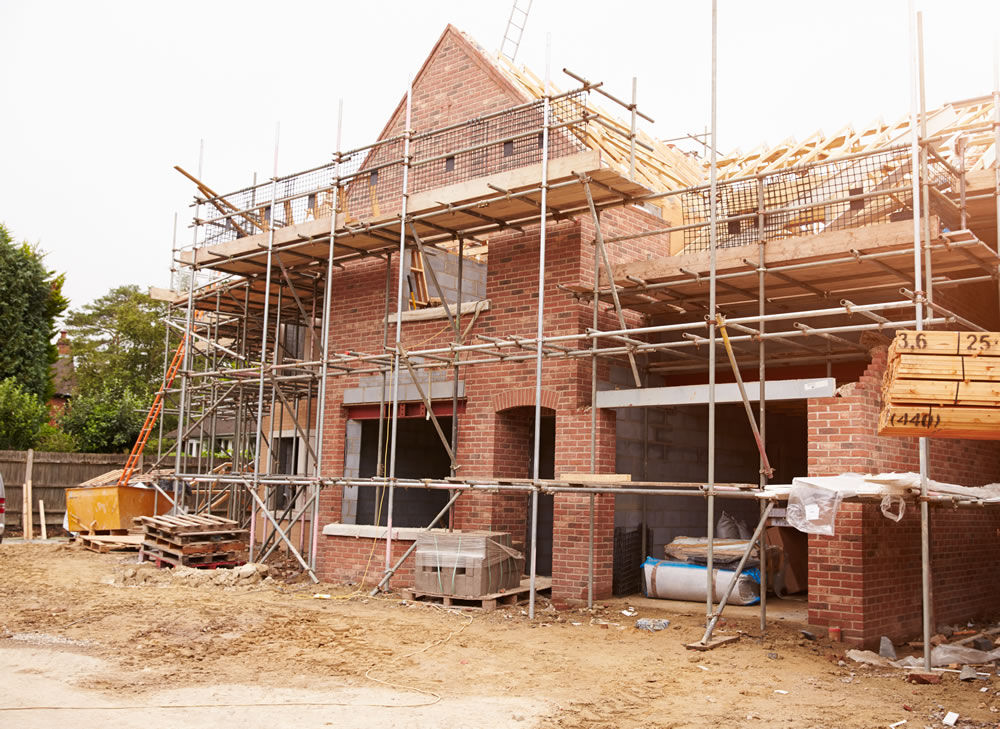You can’t have helped but notice that the planning rules surrounding development and the uses of buildings have been in the news a lot recently. It started with the, ‘build, build, build’ speech by the Prime Minister and resulted in a number of legislative changes passing through Parliament before summer recess that relate to planning issues in England.
In this blog we will provide a brief over view of what has happened and what might be happening in planning. As always with planning the devil is in the detail of the legislation and a lot depends on specific circumstances of a site or building. In addition, as with all new legislation, the interpretation of the legislation will evolve as case law builds. As such the advice in this blog should not be relied on and if you have specific issues you can contact RCC Town Planning Consultancy for further advice.
Use Classes Order
Many people may not be aware of the use classes order but it is a piece of legislation that puts uses of land and buildings into various categories known as ‘Use Classes’ such as shops (Class A1), financial and professional services (A2), restaurants and cafes (A3), business uses (B1, B2 and B8). Planning permission was usually required for ‘change of use’ to move between various use classes and planning policies were often written in support of retaining certain uses in certain areas (shops in town centres) and prevent certain uses in certain areas.
Bar some minor changes these use classes have been pretty much the same since 1987 but as of the 1st September 2020 all the class A uses, the B1 office use and D1 and D2 use classes are deleted and a new Class E – Commercial, Business and Services is introduced.
This means there is much more flexibility where changes of use will no longer require planning permission and these new rules apply in town centres, industrial areas and rural areas (albeit there is a proviso that some shops and community facilities in rural areas may be subject to their own use class which may prevent their change of use).
Upward extension of certain blocks of flats
This was one change announced that got the press very excited with the introduction of permitted development rights (PDR) to extend certain blocks of flats by the addition of up to two extra floors. PDR is a process whereby full planning permission is not required and instead you have to go through a ‘prior approval’ process with the council.
As with previous PDR legislation there is a myriad of conditions and criteria that must be met and the matters the council can consider under the prior approval process is extensive. Those considerations include the external appearance of the building and the impact on the amenity of neighbouring premises including overlooking, privacy and the loss of light.
Thus while technically the headlines were right that planning permission isn’t required for this work, in reality, the process a developer has to go through is planning permission by a different name. Initial views from legal commentators is that, having regard to these restrictions and the matters that the council can still consider, there are unlikely to be a significant number of developments allowed under this PDR legislation.
Permitted development to demolish and replace buildings
This was another headline grabbing change in legislation. This is again a PDR process which has two elements; the first allows for the demolition of one or more vacant buildings that includes a single purpose-built detached block of flats or a single detached building with Class B1 Business use and the second part permits the construction of a purpose-built detached block of flats, or a single purpose-built detached dwellinghouse.
Again, as per the other PDR legislation, there are a number of criteria to be met and a prior approval process to go through. As an example the new building must be no bigger than the footprint of the building being demolished and the new building must not have more than two storeys more than the old building. In addition these new rules don’t apply to ‘sensitive areas’ such as conservation areas or Areas of Outstanding Natural Beauty.
The feeling is that this provision will again have limited use and is unlikely to bring about many new dwellings.
Future planning changes
In addition to the new legislation being brought into force the government has also published their Planning White Paper, which again has had a high profile in the news. The announcements have stated that this will be, “…the most radical reforms to our planning system since the Second World War”. However a White Paper is the early stages of new legislation.
There is a 12-week consultation period and then the government must consider the responses received before then introducing Primary Legislation to change the current planning policy system and then also scrap and replace the Community Infrastructure Levy (CIL) with a nationally imposed levy mechanism. As such it will probably be the New Year before parliament starts to consider the changes proposed.
It is highly likely that the changes may prove controversial with concerns already being raised by various groups and organisations. There may even be concerns raised by Conservative backbenchers (due to constituents being concerned about more development in their area). As such the final legislation may vary from that in the White Paper and it is unlikely that the legislation will come into effect until summer 2021. After that we then expect a lengthy transition period between the old and the new procedures.
Conclusion
As the title of this blog suggested, there is a bit more to the enacted and impending planning changes than the headlines in the media. There is however no doubt that these are radical changes and a clear signal of the intentions of the government who see development as a very important factor in our economic recovery. If you feel that the changes may impact on you or your business do get in touch with RCC Town Planning Consultancy for further advice.












































